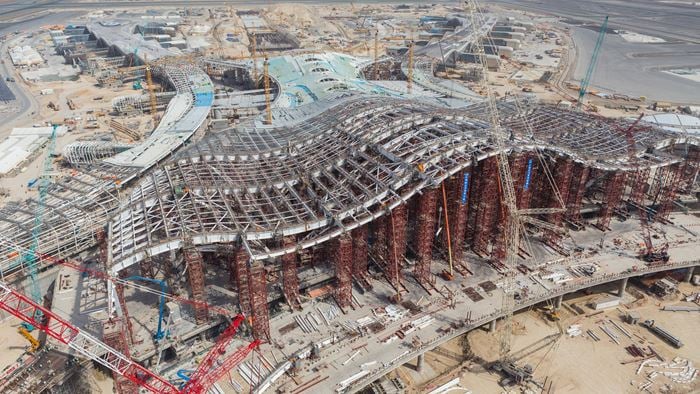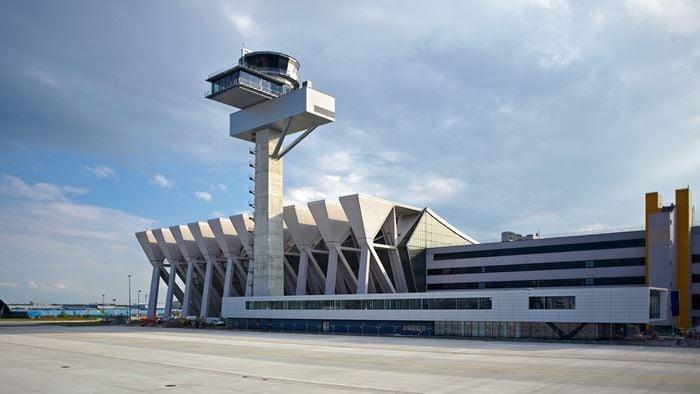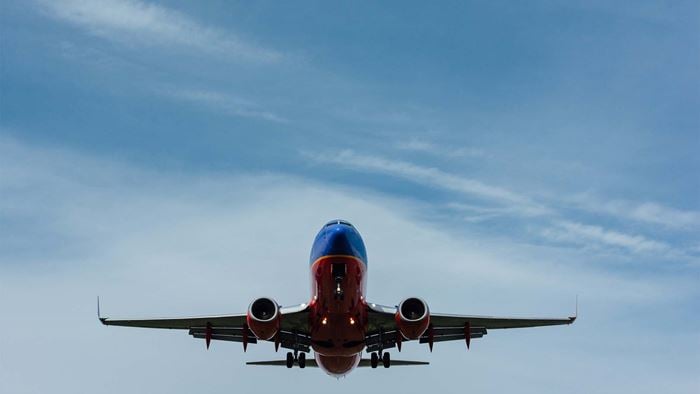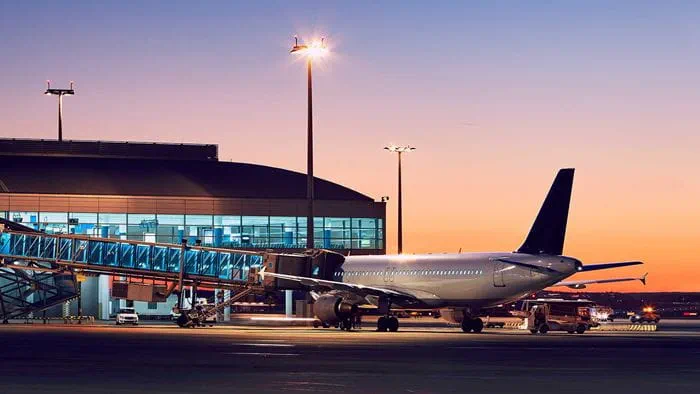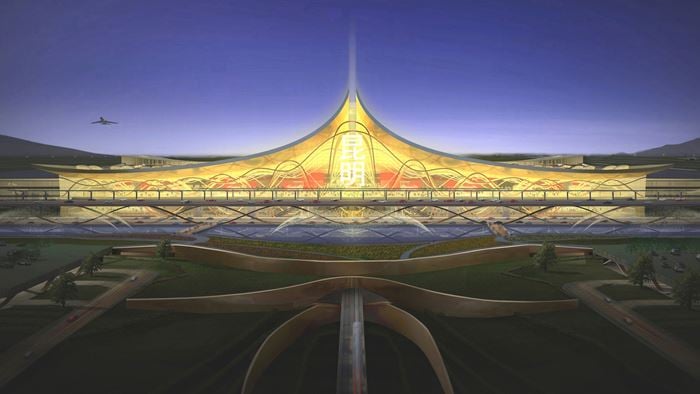Airport operators are charged with the task of moving masses of passengers, goods and aircraft as efficiently as possible. They must do this while maintaining a profitable business, running operational improvement efforts and maintaining sustainable business models.
In 2016 alone, IATA forecast an estimated 3.86bn passengers took to the skies – a significant increase over the last 10 years. Despite this sector growth however, over half of all airports continue to be loss-making.
Arup’s experience improving clients’ airport operations, methods and technologies has led to an increase in efficiency with the added benefit in some cases of reducing OPEX costs. We do this by improving surface access, baggage systems, security, wayfinding, infrastructure, logistics and digital resilience - to name a few.
The key areas for improving airport efficiency can be broken down into three elements - Landside, Terminal and Airside.
Passenger Experience – Surface access & Landside infrastructure
Passenger satisfaction can be easily dented by any number of variables - airport accessibility being high among them. One way to ensure smoother access for passengers is to build an integrated transport hub, like the one Arup designed for Hong Kong International Airport. This ensures that customers enjoy a seamless journey, whether they travel to the airport via express train, taxi or bus.
Technology can also play a key role in passenger ease-of-access. Imagine a smartphone app with everything a passenger needs to travel to and from the airport – times and tickets all in one place. This could both reduce queues for passengers arriving on foot and streamline parking, helping to reduce the stress of getting to and from the airport.
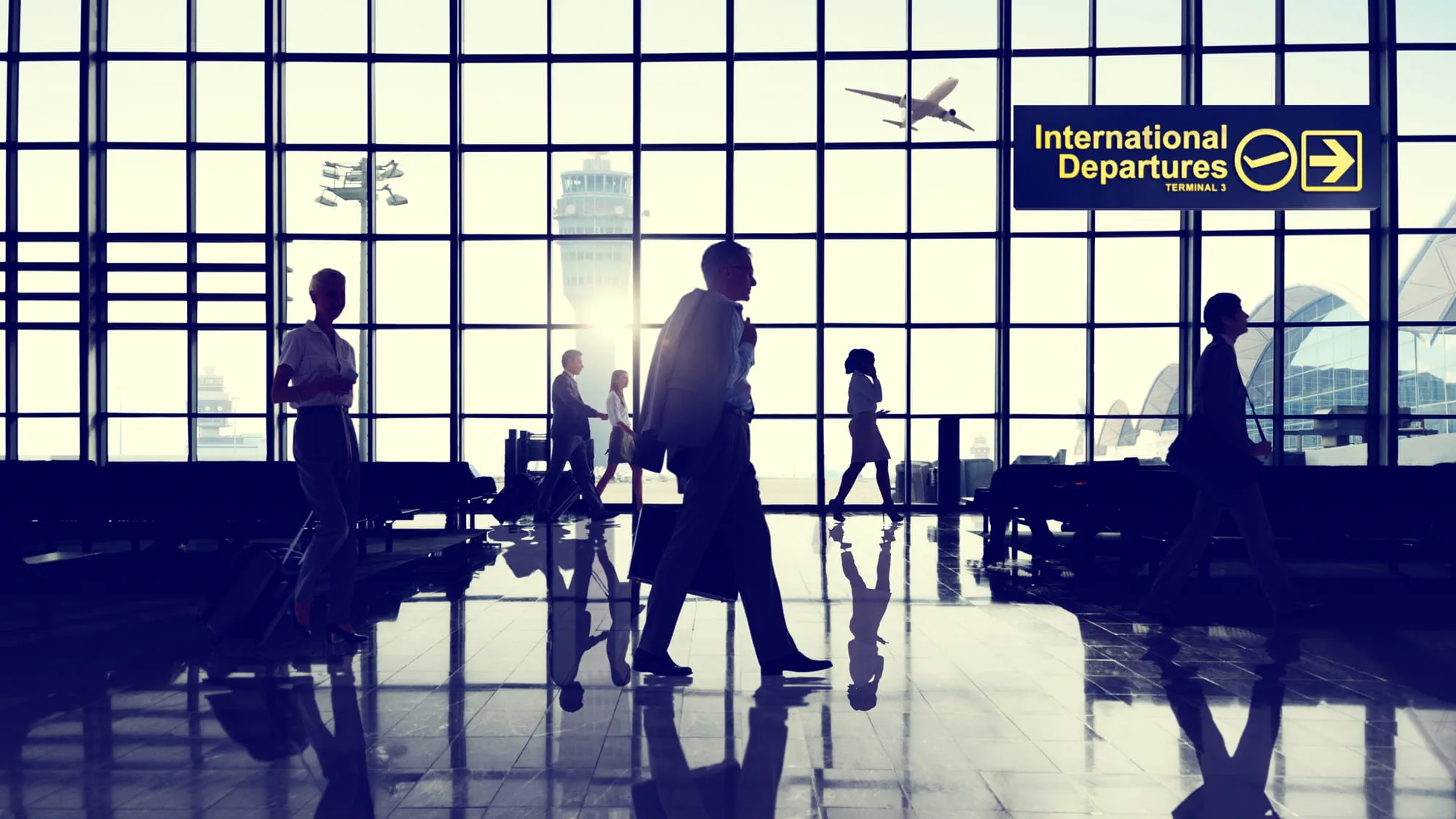
Operational Efficiency - Logistics consolidation
Goods flowing into and out from an airport include everything from catering supplies for airlines, to stock for retailers. Stringent security measures require these to be checked before continuing to their destinations, but the logistics must run smoothly regardless.
We have helped our clients to create efficient logistics that don’t impact on airport operations. For example, we helped design a consolidation centre for a major UK airport which reduced vehicle movements and improved security by batch checking all incoming goods in one place.
There is also the potential to deliver goods more efficiently and with fewer emissions by adopting new technologies such as driverless vehicles or by looking to future technologies such as hydrogen vehicles.
Terminal
Advanced computer simulation of passenger behaviour helps airport operators understand exactly how enhancements to a terminal can improve efficiency or increase capacity.
Successful simulations can improve efficiency during check-ins, baggage claim, changes in arrivals, lighting and security searches. This enables more automated and efficient processes, leading to a smoother experience for passengers, while reducing staff costs.
We used our simulation expertise to help redesign and automate the transfer hall at Heathrow Terminal 5, giving passengers the ability to scan their own electronic passports.
Additionally, our software house Oasys, provides highly detailed simulation models to study passenger movements. We used this advanced simulation software to help JetBlue successfully design the central concessions area at JFK International Airport.
Digital Integration
Improving information available to operational teams can make a big difference to passengers’ experience and the efficiency of an airport. Through digital technology, airports can ensure they anticipate and respond to events, maintaining high service standards even when terminals are at their busiest.
Digital integration is key when measuring where resources are needed most, and directing them accordingly. We are working with a major airport in the Middle East where digital intervention is being used to analyse check-in queues using thermal imaging, allowing staff to monitor when and where queues are building and to open more check-in desks accordingly. Queue times have been cut by 50%.
In this way, staff can maintain high service standards, by anticipating and responding to events.
Energy-efficient buildings
The vast scale of terminal buildings creates huge opportunities for airports to reduce energy use, running costs and carbon emissions. Arup’s expertise in designing and commissioning systems is opening up these opportunities.
Inefficient energy use leads to higher-than-necessary utility bills and carbon emissions. It can even restrict the growth of an airport if, for example, the local electricity grid can’t support further demand.
Our energy studies have demonstrated that, by operating building controls more efficiently, it’s possible to save as much as 6% per year on electricity bills alone. Reductions on this scale helped one of our airport clients save around €1m in just three years.
Digital Resilience
Digital Resilience
It is now more important than ever that airports have robust computer systems, as they are increasingly reliant upon data in order to run efficiently.
Airports’ specialised computer systems are often housed in data centres located at the airport itself – a practice considered high-risk in standard data centre classifications.
We assess the risks involved in an airport’s setup, and advise on how to maximise resilience should a local centre fail. We also help airports ensure that in the event of an incident, operational teams will have access to the information they need – something we are advising a Japanese airport group on currently.
Baggage Resilience
Baggage systems are vital to the smooth running of an airport. When they run well, they make a vital contribution to operational efficiency; when they go wrong, things grind to halt and passengers are dissatisfied.
Around the world many airports are facing the challenge of upgrading equipment to meet new standards for hold baggage screening. Whereas old machines weigh up to three tonnes, the new ones weigh up to eight tonnes. So replacement isn’t a matter of cut-and-paste, it requires reconfiguration and the process changes that go with it.
Done well, this provides an opportunity to build in more resilience or efficiency to the process. Done badly, it increases the risk of disruption to baggage systems – with the associated reputational damage this can inflict.
Security

Through our security experts, we focus not only on the risk based and compliant security outcomes but how security can be delivered more effectively and efficiently in the airport environment.
We focus on understanding client’s operational risk and compliance contexts whilst ensuring the security solutions are proportionate, integrated and sustainable. To achieve this we draw on commercial, technical, regulatory, operational and management skills in strategic planning and design and engineering, operational improvement and capacity building.
Abu Dhabi Airports Midfield Terminal building is just one example, where we are working closely with the teams to develop the design basis threat, in turn facilitating a design that is proportionate to the security risk. The result is a resilient and iconic façade and structure that reduces security risk and in the long term will avoid the need for expensive retrofit CAPEX and operational security expenses.
Smarter way finding
Airports can be confusing environments for passengers facing language barriers and tiredness. Our specialists use digital technology to make wayfinding as simple and effective as possible for those passing through.
We have worked at Heathrow and Fukushima airports to simplify wayfinding by putting digital systems in place. These systems can change wayfinding languages according to the mix of nationalities in a terminal at any time, while signs can be updated as security arrangements change.

Fire
Airport fire safety needs to go beyond following the regulations, which allows mixing terminal and airside passengers during evacuations, creating security concerns. Our ‘Total Fire’ approach to fire safety extends further than just safeguarding passengers, it also focuses on protecting property and enabling a smooth continuation of operations.
Our design for Dublin Airport Terminal 2 separates airside and landside passengers during any evacuation.
Airside: resilient infrastructure
Airside infrastructure is vital to an airport running smoothly and efficiently. Runways, taxiways and aprons need to be maintained properly while having minimal impact on other operations.
Our experts advise on the best ways to repair existing assets such as pavements, while avoiding closing a runway, for example. In some cases, it’s better to upgrade assets rather than repairing them based on lifecycle costs and what works for the individual airport.
Our work on the Sabiha Gökçen International Airport Second Runway included masterplanning, construction and feasibility services, as well as cost benefit analysis, options study, and risk assessment.
Sustainability Acoustics
Airports must make sure they take into consideration their impact on wider society. Aircraft noise is a key concern for local communities; Arup’s acoustics expertise helps airport operators find new ways to reduce noise levels and engage with local people about how best to mitigate the potential impact.
The way an airport engages with its local community to show how they’re helping to reduce noise is important. Just as important too, is making sure that local residents have a chance to influence noise management plans.
Our SoundLab tools help our clients provide a deep understanding of noise issues to their local communities, letting people hear for themselves exactly what difference a proposed change will make to noise levels.
Airport Planning
Discover how our aviation planners bring greater value and sustainability to airports worldwide.
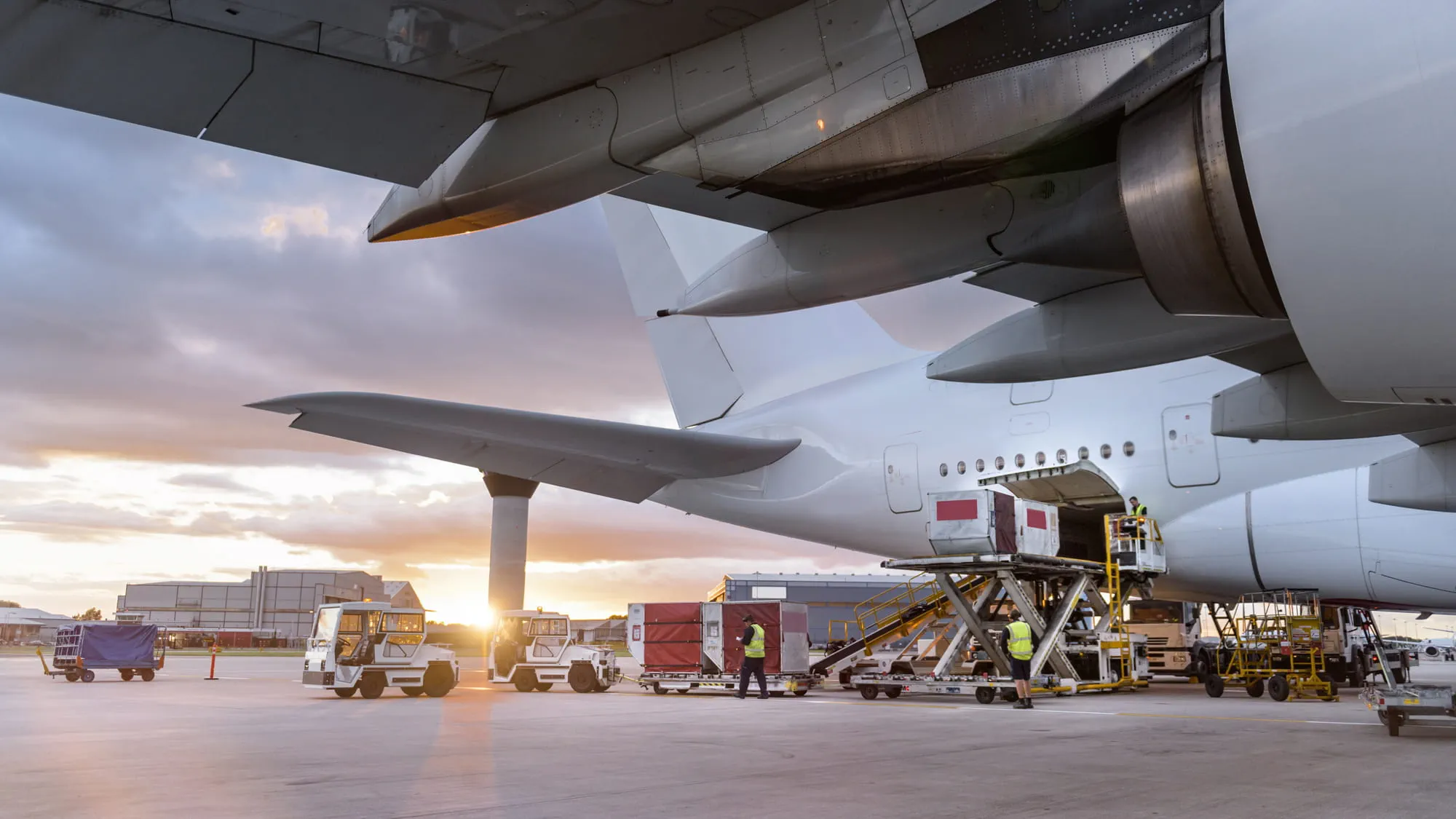 ;
;

